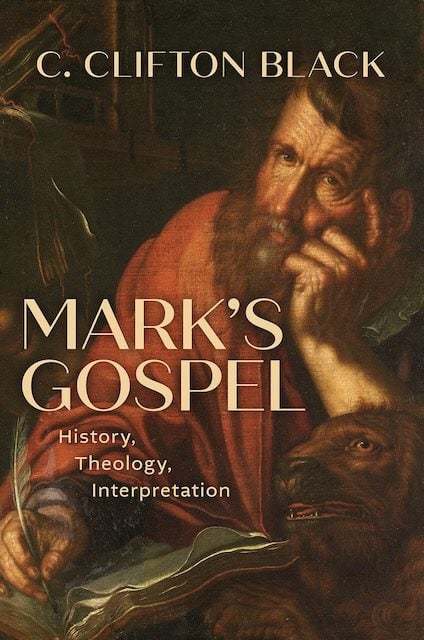Q. Much has been made of late about Mark being an ancient biography, especially by Burridge but also by Bond. What are the ways this helps us understand the content of this Gospel, but also what are the limitations of this observation?
CCB: In Hellenistic Judaism and Greco-Roman antiquity, biographies (bioi) were selective and stylized, sometimes idealized, presentations of historical subjects that intended to edify their audiences. Ancient biographies were not literary purebreds but mongrels, absorptive of other genres. In both form and substance, Mark, to my mind, most closely resembles a bios than any other ancient genre. It’s a narrative, concentrated on a central figure, which is augmented by other known literary forms: parables, wondrous deeds of sages, historical narratives and prophetic legends like those found in the Hebrew Bible, eschatological teachings.
In Mark’s Gospel I express weariness with what I call Aristotelianitis: the notion that we must squeeze Mark into a generic pigeonhole in order grasp it. Scholars can become fixated on taxonomy. Such an obsession risks diverting us from what motivated the evangelists. However we categorize it, Mark makes religious claims that are grounded in history yet transcend ordinary perceptions of reality. By their presentations of Jesus, the Gospels urge us to view the world in a different, more truthful way, challenging us to live into God’s kingdom. Like Bartimaeus (10:46–52), some of Mark’s listeners want to see and are able to follow Jesus. Others, like a very religious fellow with big boodle (10:17–22), turn away from him.













